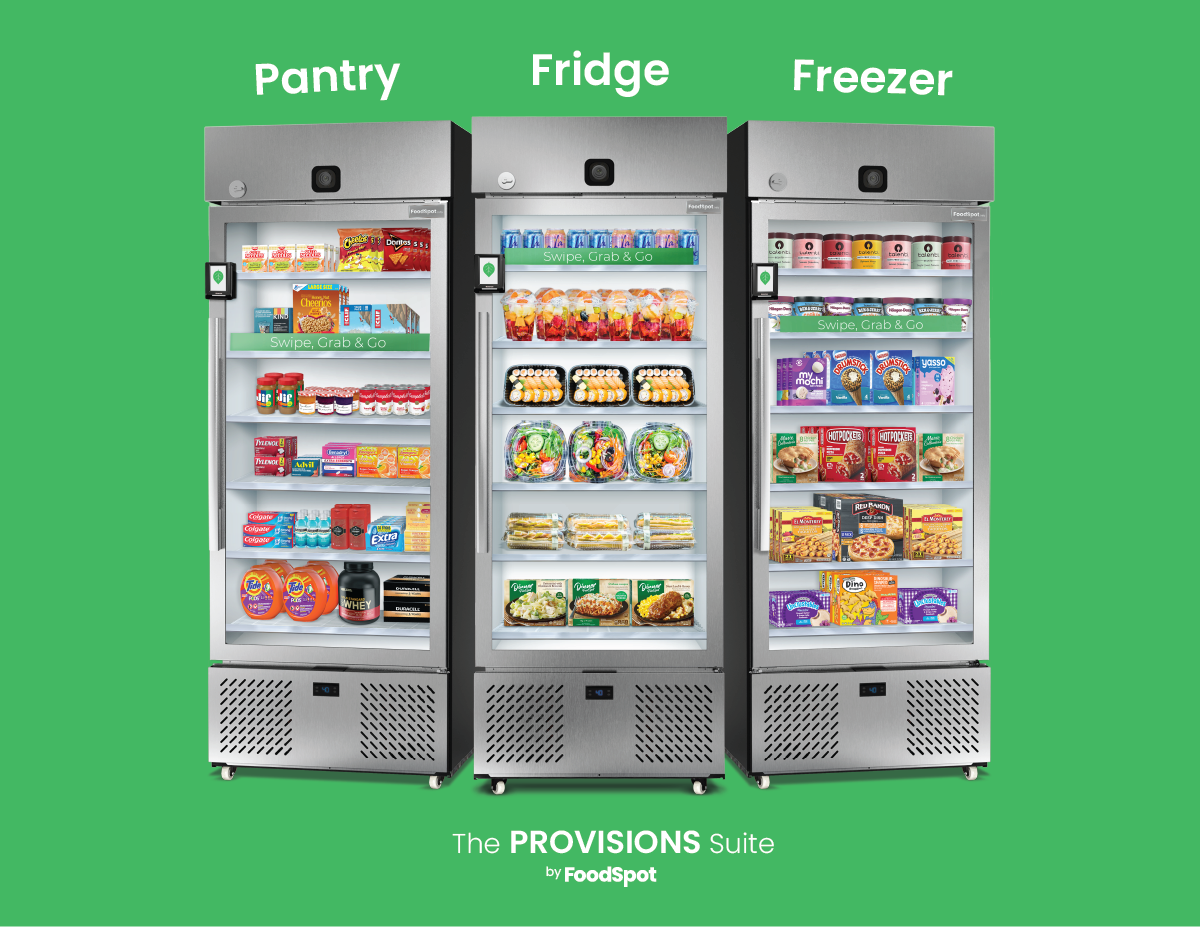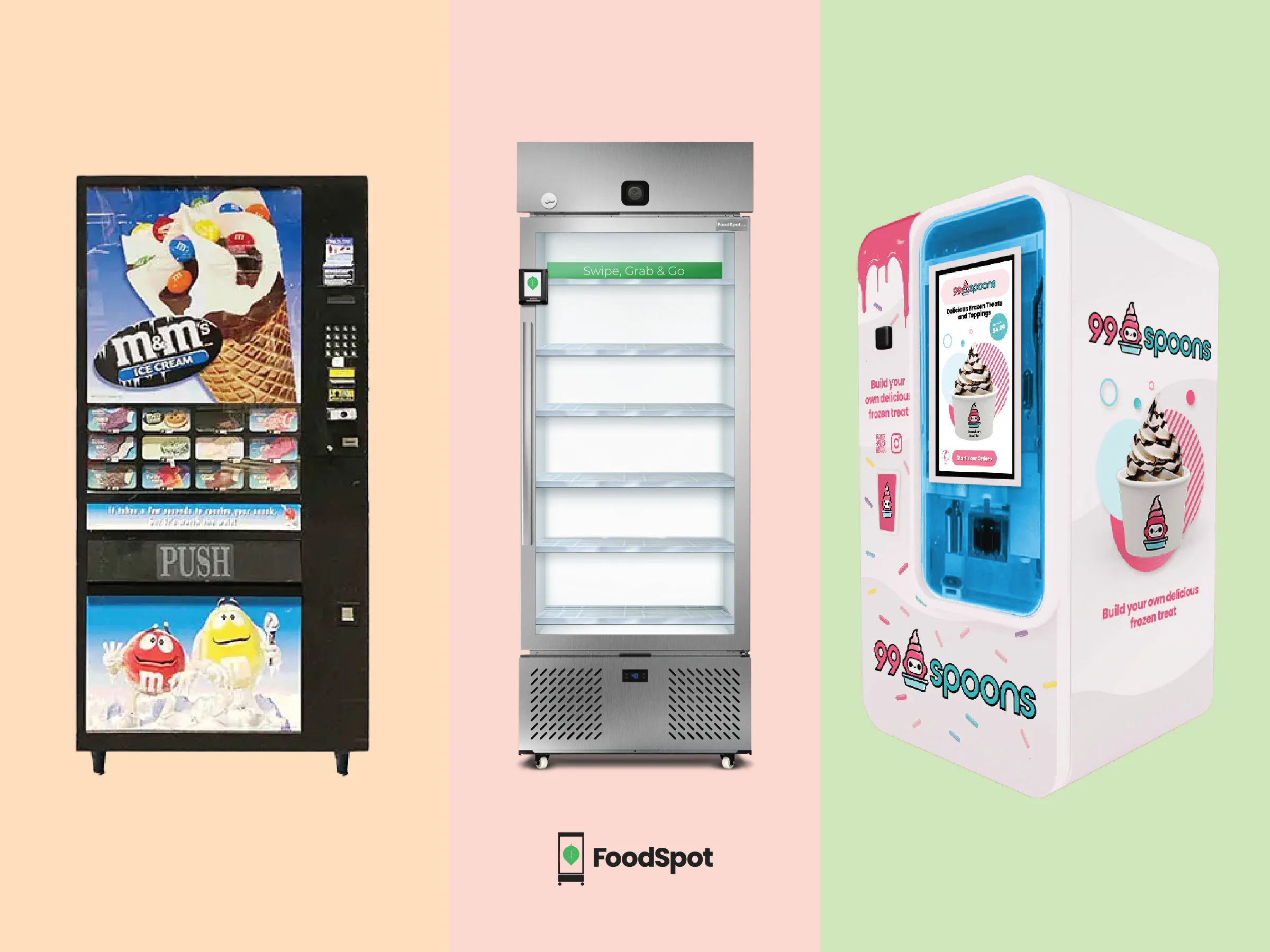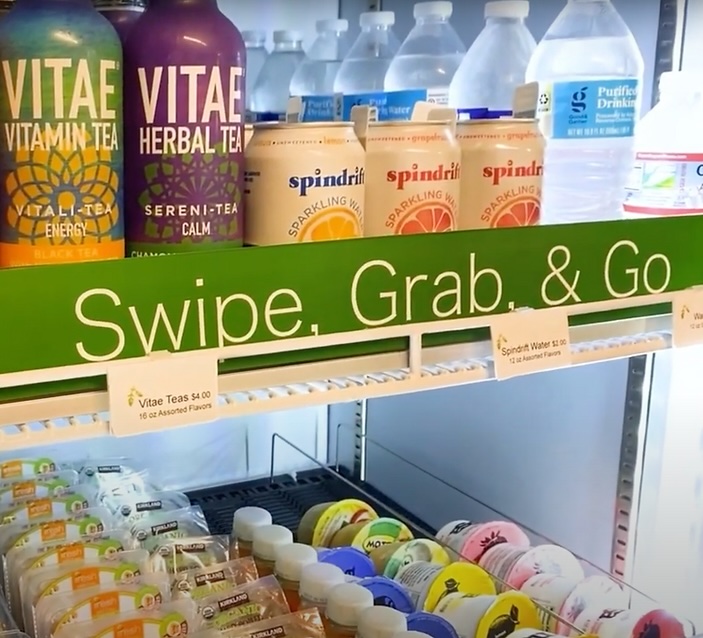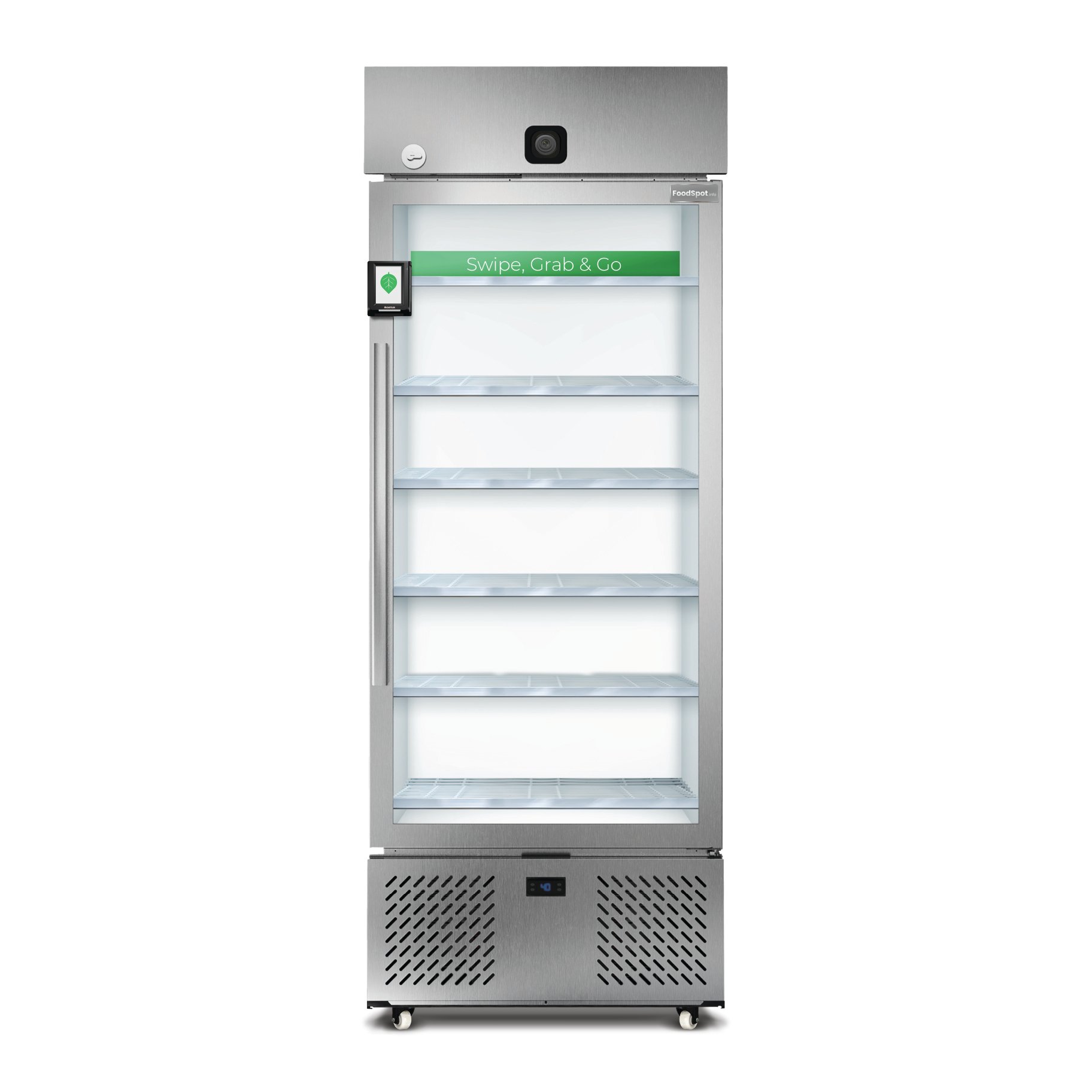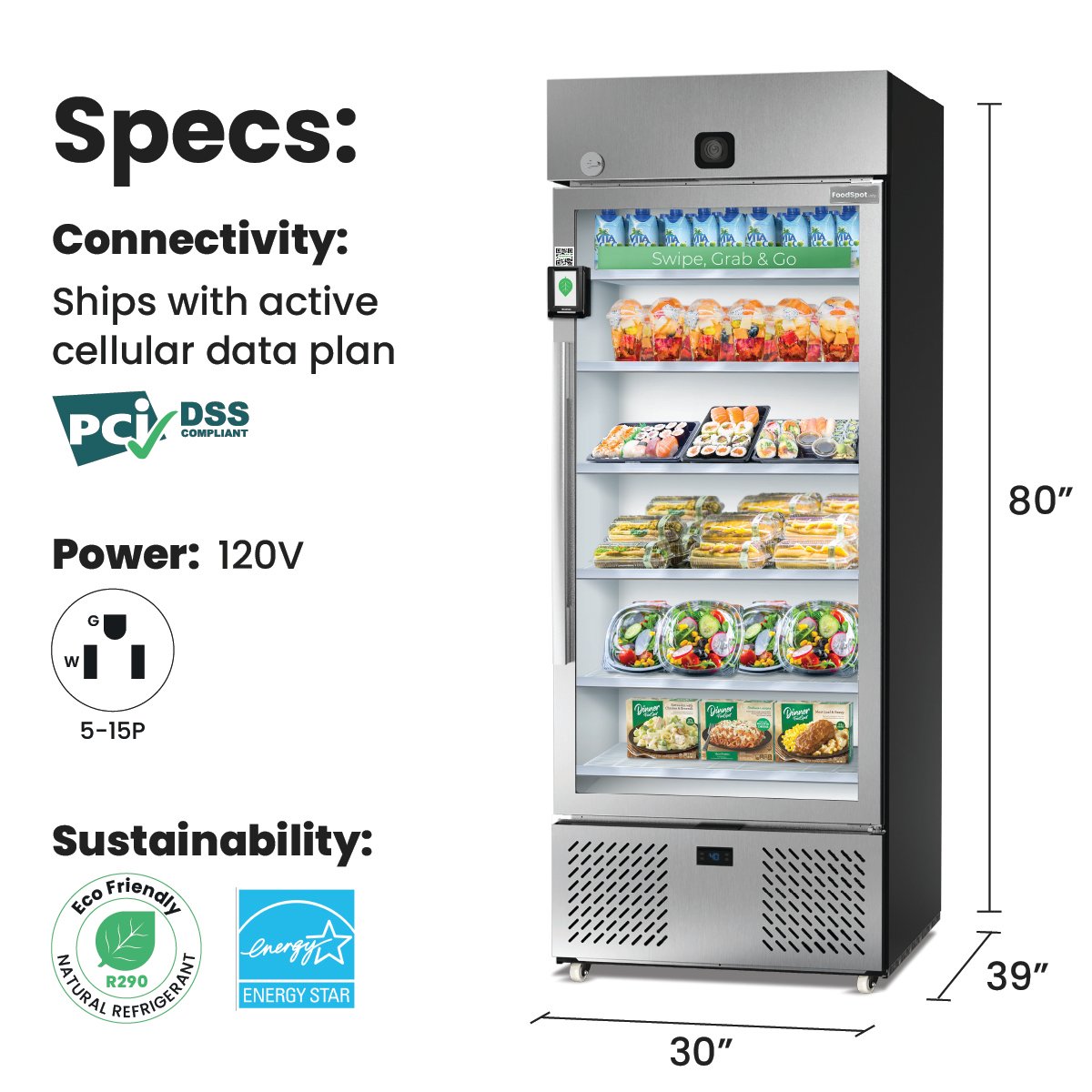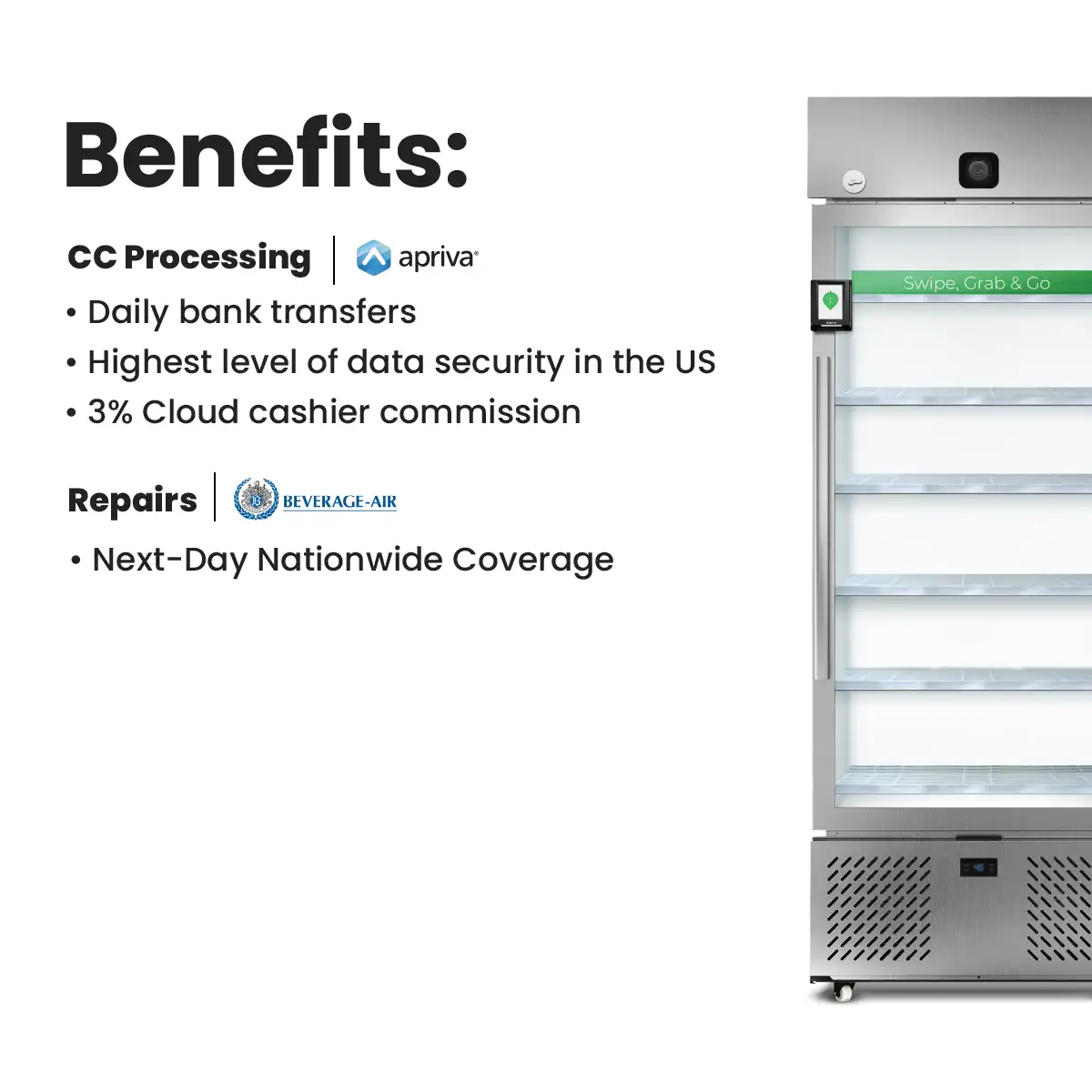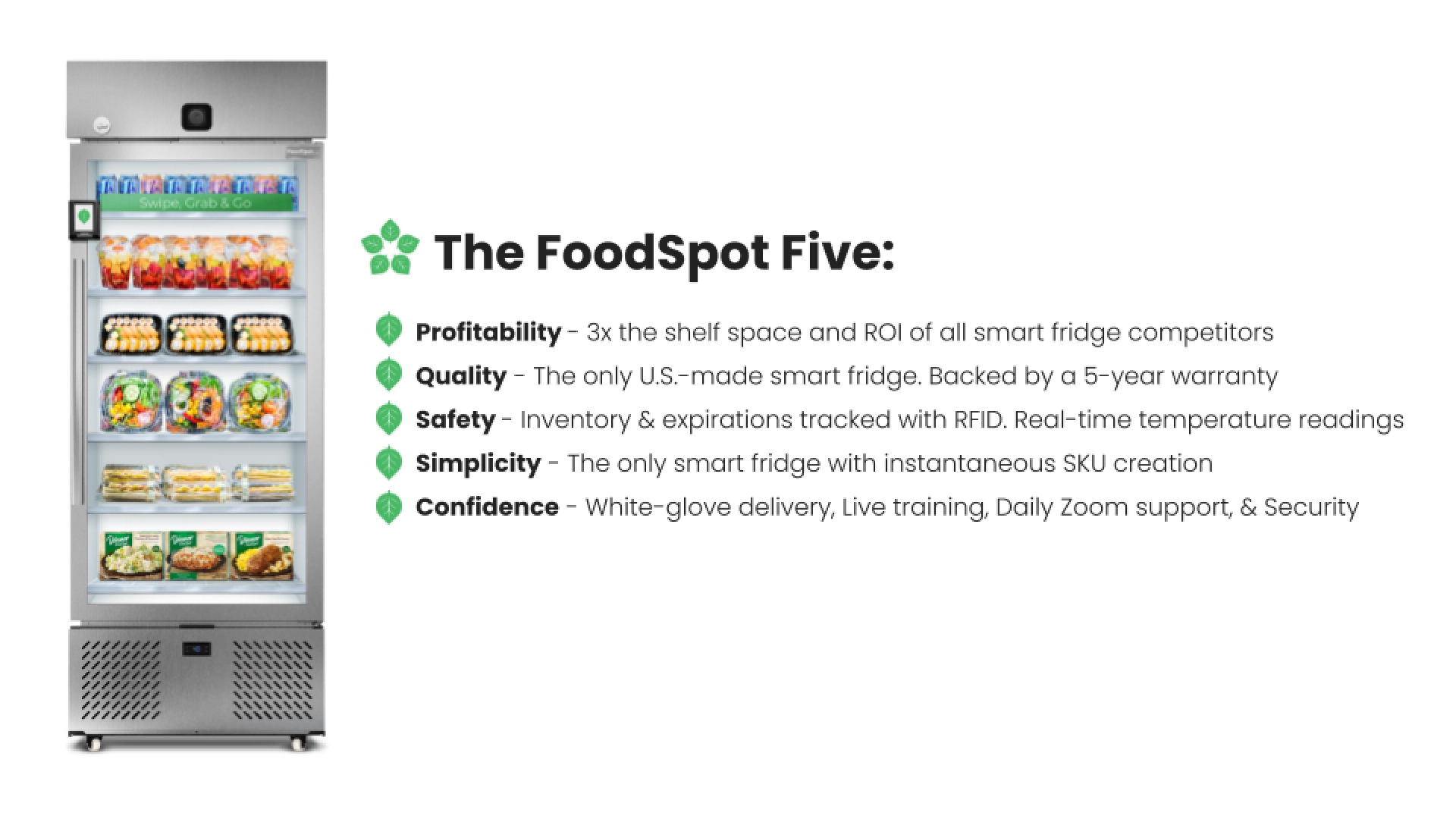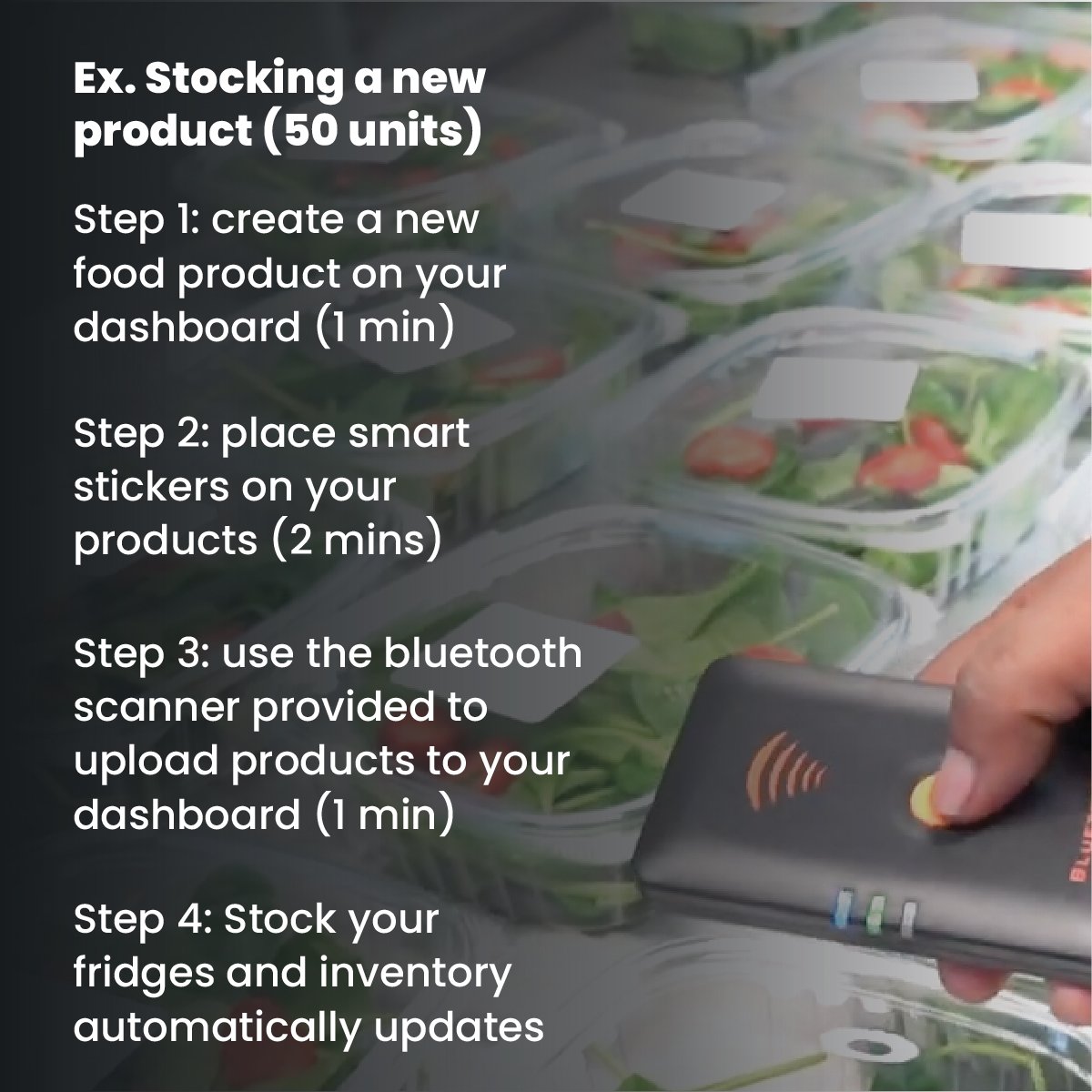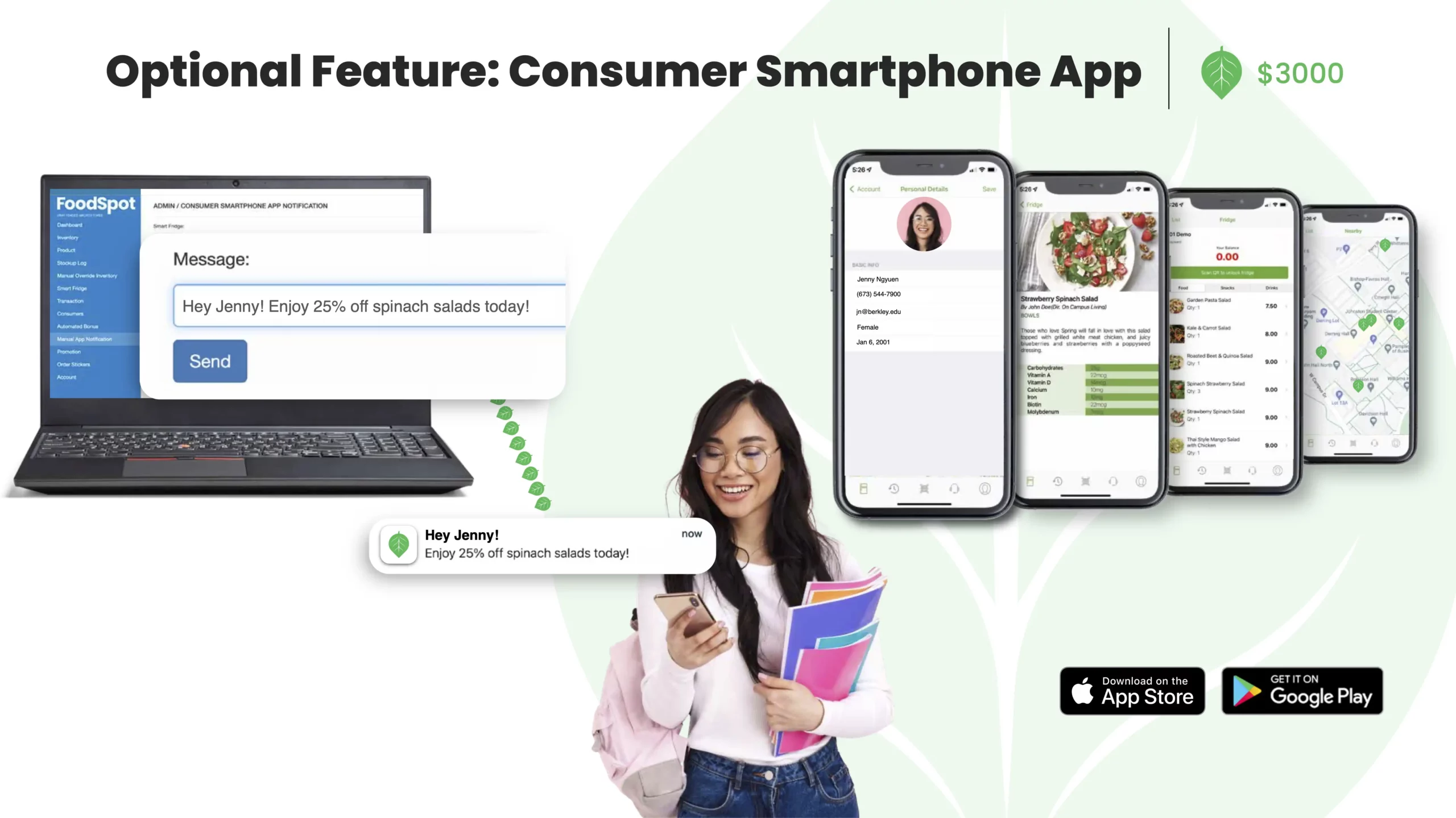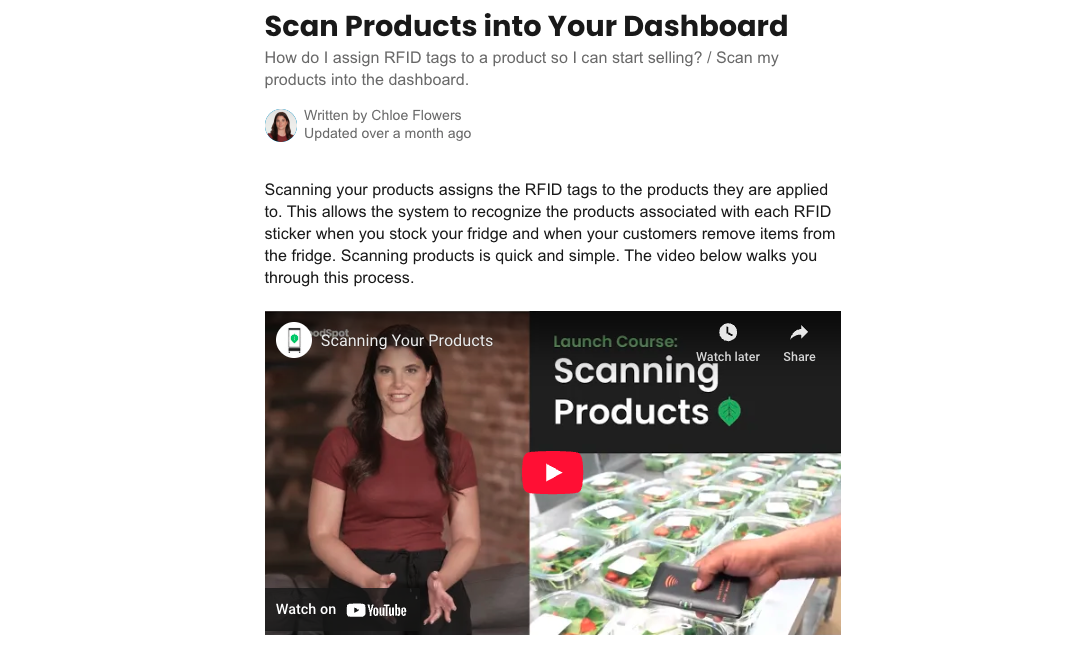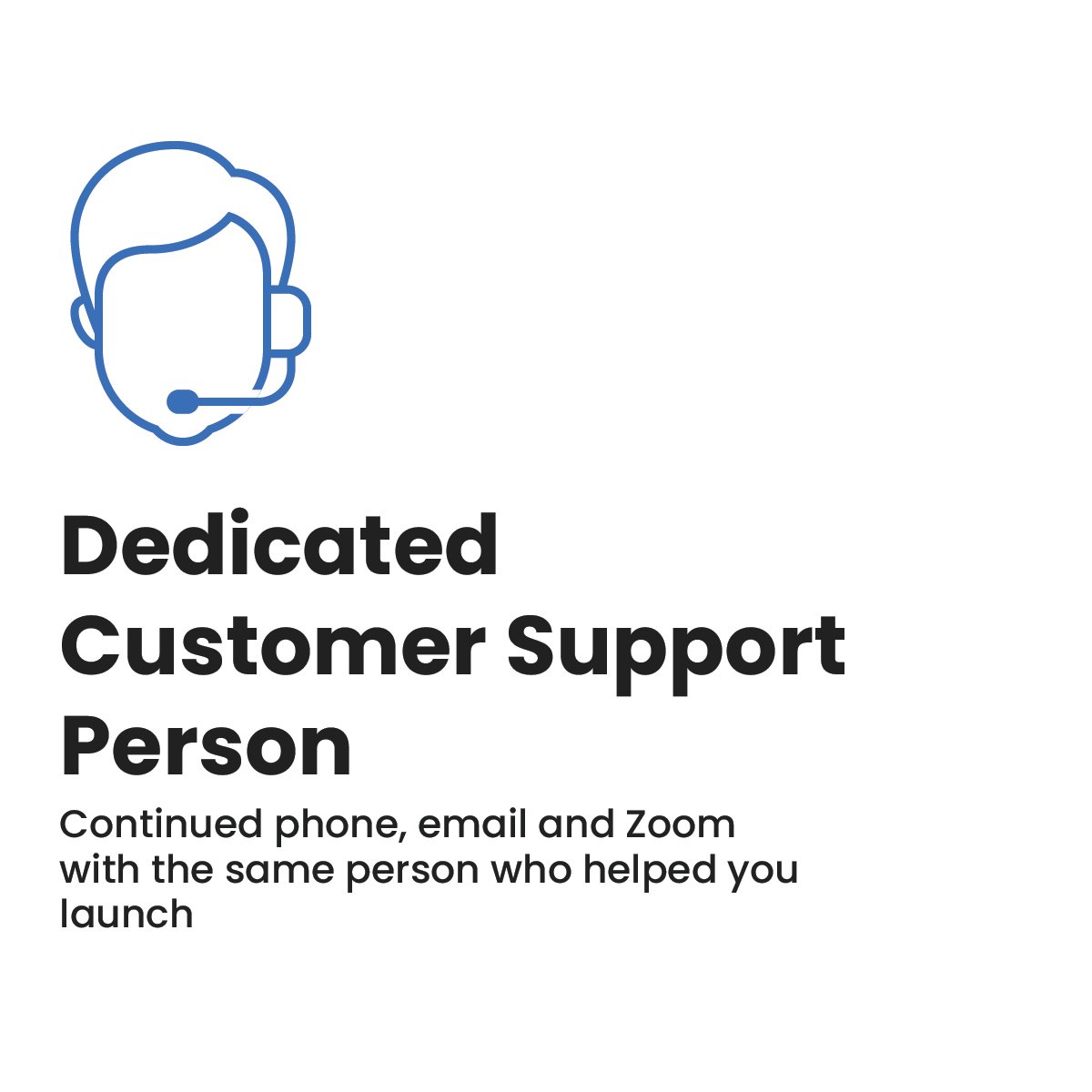It always feels shameful seeing perfectly good food get thrown away. As a child, I was groomed to clean my plate and was often reminded of starving people in some far-off land that I only knew as a spot on the globe. It gave me a sense of gratitude for what I had and visions of cramming my mashed potatoes and peas into an envelope plastered with stamps for the long journey ahead.
As an event caterer in my twenties, we would often wrap up around 1 a.m. at venues across the SF Bay Area. Food surplus was the norm even after the catering staff grabbed hefty to-go plates and slid out the door. What does one do with twelve pounds of cooked quinoa and sixty risotto cakes at this hour? Typically not a whole lot. Food banks would not take cooked food and dropping it off to the homeless at the subway often felt unsafe. Frequently these food items would sit in my bachelor fridge until eventually a significant portion made its way into the garbage. Having worked in culinary environments from Michelin-star restaurants to USDA food manufacturing plants, I have witnessed massive amounts of perfectly good food go into the garbage.
In 2021 the USDA reported that 10.2% of American households were food insecure. Food insecurity is defined as households that are uncertain of having or unable to acquire enough food to meet the needs of all their members because they have insufficient money, time or proximity to obtain quality food.
America does not have a shortage of high-quality fresh food – we have a distribution problem.
On average, there are 5 food pantries for every 100,000 Americans. While pantries play a key role in reducing food insecurity, they still have the distribution challenges of staffing, funding, managing perishables and the logistics of connecting supply with demand. Depending on their offering the populations they serve may also need cooking skills, access to a kitchen and cooking equipment to prepare raw ingredients.
Enter community fridges as a food security solution.

Around 2012, I recall hearing about a newer concept called community fridges popping up in Brooklyn and Portland. A kind-hearted soul would run an extension cord from their house out to an old fridge on the curb for anyone to stock or take from as they please. In today’s terms, we would likely apply clever shorthand like Community FaaS (Fridge as a Service) for those that stay woke. Over the last decade, community fridges have grown into a couple hundred locations across the US in major metropolitans. I hope someone writes a coffee table book about this grassroots community fridge movement someday. I love this slice of humanity.
While community fridges are fantastic in terms of addressing distribution challenges and food waste, they still leave much to be desired from the standpoint of scalability, traceability and food safety.
Enter smart fridges as a food equity solution.

The concept of food equity includes providing food security along with choice and dignity. Where is the humanity in eating nourishing food that’s not appetizing and feeling stigmatized in the process? With a roll of smart stickers and a smartphone, anyone can unlock and stock a smart fridge 24/7 with full traceability on the product details, expiration and source. With a smartphone or a key fob anyone can unlock a smart fridge 24/7 to access the food.
My favorite food equity analogy is one describing three people who went to pick apples. For equality purposes they were all given a crate to stand on. For equity purposes they were given different sized step ladders so they each had equal reach. Food equity is about the result not the solution.
Community FaaS empowers companies like Starbucks, Trader Joes and the local caterer to stock products in their community smart fridges 24/7 with expiring products. Making expiring products sellable, around the clock, for the final thirty hours of shelf life dramatically decreases the chance of waste. Consumers can remotely check inventory from their cell phone and purchase expiring items 24/7 at a discount. With a smartphone or key FOB fully subsidized humans can access the same fridges to select appetizing, ready to eat, fresh food with their dignity intact. Through this process, food waste fuels 24/7 food security for the broader community and the revenue from food security fuels the scalability of food equity. This process also generates traceable tax credits for fresh food companies and invaluable data for public health sciences.
Want to chat about your Community FaaS program?
Nathan Downs
Nathan@LaunchFoodSpot.com
Founder and CEO of FoodSpot


